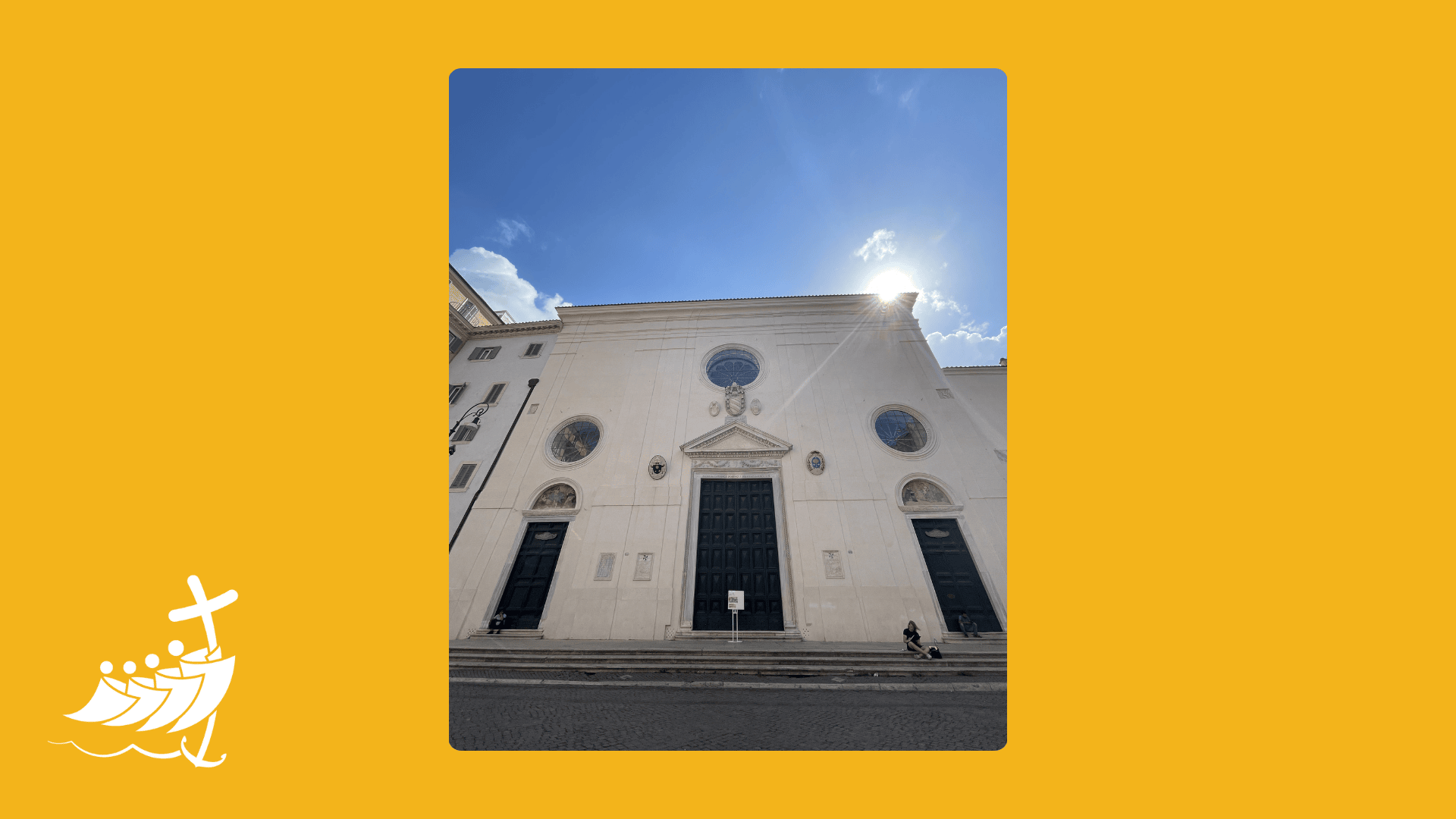As early as the eighth century, historical sources record the presence of a small church on this site which Pope Zachary gave to a community of Basilian monks who had escaped from the east.
From 1256 onwards, the Order of Preachers took over, and probably for more than 10 years the convent of Santa Maria sopra Minerva remained under the control of the Dominican Convent of Santa Sabina, the first such institute in Rome, which from 1300 became the most important in the city.
During the Napoleonic occupation of Rome between 1797 and 1814, the convent was confiscated and used as an infantry barracks, leading to enormous structural damage. The building was abandoned by the friars around 1810 after the suppression of the religious orders, and they only returned in 1825.
In 1871 the Italian state annexed the church and only in 1929 was permission given for the friars to use several rooms in the building.
Since the Second World War, when diplomatic relations were established between the Holy See and Finland (1942), the Finnish community has seen this basilica as a focal point for its activities. Every year they arrange a solemn Mass on the 19th January to celebrate the Feast of Saint Henry of Uppsala, Bishop and the Patron of Finland. This Mass is celebrated in the Basilica’s Capranica chapel where there is a wooden statue of Saint Henry.
Inside the Basilica, as well as the remains of Fra Angelico, who was proclaimed the patron saint of artists by Pope Saint John Paul II in 1984, there are also the remains of Saint Catherine of Siena. She was solemnly declared a doctor of the Church in 1970 and is a patron saint of Rome, Italy and Europe.

















